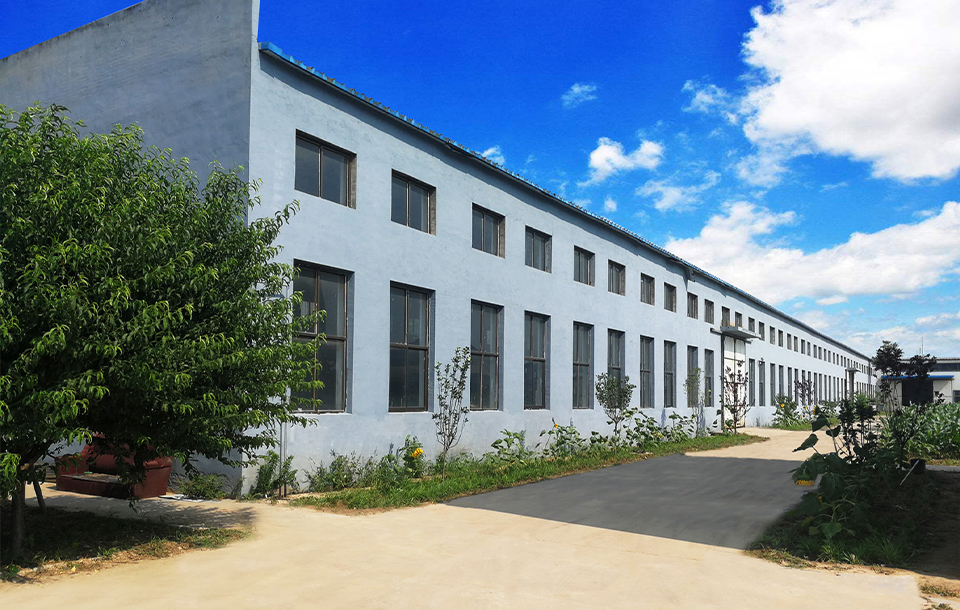10 月 . 16, 2024 00:58 Back to list
Air Release Valve for Water Main Systems in Effective Management of Air Accumulation
Understanding Water Main Air Release Valves An Essential Component in Water Distribution Systems
Water distribution systems are critical to urban infrastructure, allowing for the reliable delivery of clean water to homes, businesses, and public facilities. Among the essential components of these systems are air release valves, specifically designed to manage the presence of air in water mains. While often overlooked, these valves play a significant role in maintaining the efficiency and effectiveness of water distribution systems.
The Functionality of Air Release Valves
Air release valves, often incorporated into water main systems, serve a crucial function by preventing the accumulation of air within the pipeline. When water is transported through a pipeline, air can enter the system during various stages of operation, such as during filling, draining, or when there are fluctuations in pressure. This trapped air can lead to numerous problems, including decreased water flow, water hammer, and even pipeline failure.
The primary purpose of an air release valve is to automatically discharge air while preventing water from escaping. The valve operates through a simple but effective mechanism. As air collects at high points in the pipeline, the valve detects the change in pressure and opens to release the trapped air. Once the air is expelled, the valve closes to maintain the integrity of the water flow, ensuring that the system operates smoothly.
Importance in Preventing Water Hammer
One of the significant risks associated with trapped air in water mains is the phenomenon known as water hammer. Water hammer occurs when there is a sudden change in water flow or pressure, causing shockwaves that can severely damage pipes and fittings. The presence of air in the system absorbs some of the shock, but too much air can exacerbate the issue, leading to loud banging noises and potential ruptures.
By utilizing air release valves, water utilities can mitigate the risks of water hammer. These valves help maintain steady pressure within the system, which is crucial for both the longevity of the infrastructure and the safety of the water supply. By preventing water hammer, air release valves contribute to lower maintenance costs and enhanced operational efficiency.
water main air release valve

Design Considerations
The selection and design of air release valves are critical for maximizing their effectiveness. Several factors must be considered, including the diameter of the pipeline, the expected flow rate, and the specific characteristics of the water distribution system. Valves come in various sizes and designs, enabling engineers to choose the most suitable option for different applications.
Proper installation is equally important. Air release valves should be strategically located at high points in the pipeline where air tends to accumulate. Regular maintenance checks are recommended to ensure that these valves remain functional and free from debris that could impair their operation.
Challenges and Innovations
Despite their importance, air release valves can face challenges, including clogging and mechanical failures. Clogging can be caused by sediment or biofilm buildup within the valve, which can hinder its functionality. To combat these issues, some water utilities are exploring innovative solutions, including self-cleaning valves and automated systems that notify operators when maintenance is needed.
Additionally, advancements in materials and manufacturing processes are leading to more durable and reliable air release valves. For instance, using corrosion-resistant materials can extend the lifespan of these valves, particularly in harsh conditions or in areas with high levels of minerals in the water.
Conclusion
In summary, air release valves are a vital component of water main systems, playing a crucial role in ensuring the smooth operation and longevity of water distribution networks. By preventing air accumulation and mitigating risks such as water hammer, these valves contribute significantly to the overall efficiency and reliability of municipal water systems. As technology continues to evolve, so too will the designs and functionalities of air release valves, helping to ensure that our water distribution systems can meet the demands of the future while maintaining optimal performance today. Proper attention to design, placement, and maintenance of air release valves will help ensure that they effectively fulfill their critical role in safeguarding our essential water supply.
Share
-
Understanding the Differences Between Wafer Type Butterfly Valve and Lugged Butterfly ValveNewsOct.25,2024
-
The Efficiency of Wafer Type Butterfly Valve and Lugged Butterfly ValveNewsOct.25,2024
-
The Ultimate Guide to Industrial Swing Check Valve: Performance, Installation, and MaintenanceNewsOct.25,2024
-
Superior Performance with Industrial Swing Check Valve: The Essential Valve for Any SystemNewsOct.25,2024
-
Industrial Swing Check Valve: The Ideal Solution for Flow ControlNewsOct.25,2024
-
You Need to Know About Industrial Swing Check Valve: Functionality, Scope, and PerformanceNewsOct.25,2024